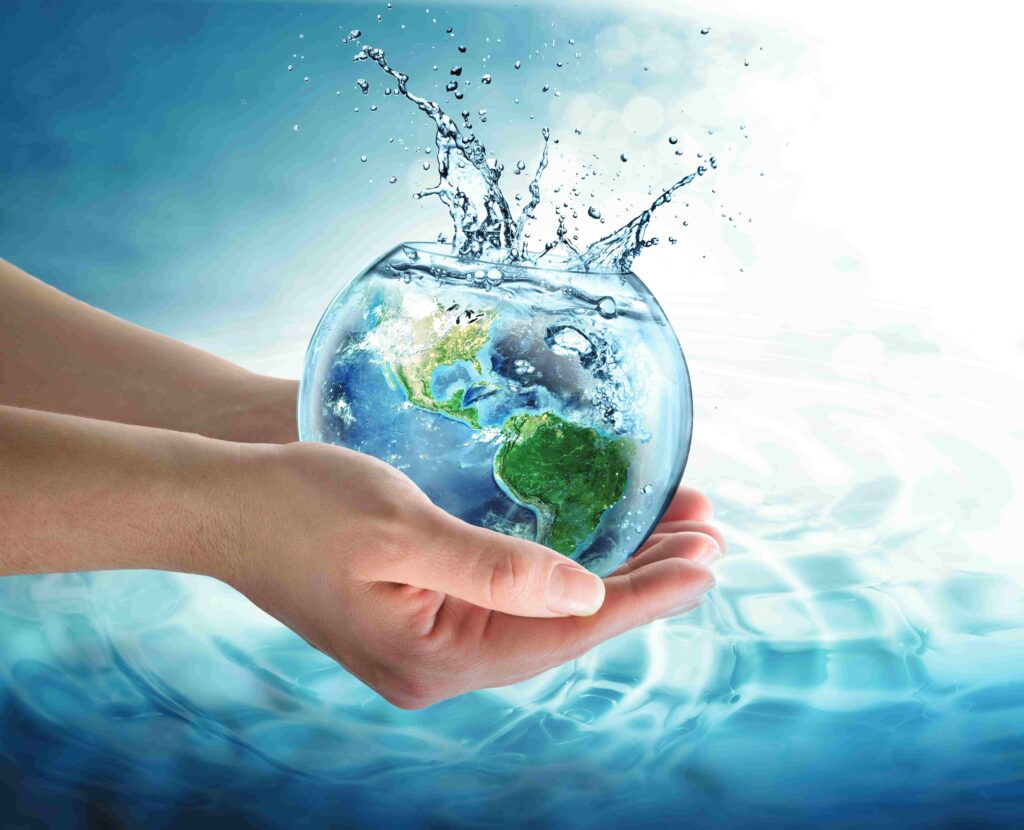
Hard water in taps is an issue in the outlying suburbs of Bengaluru with housing complexes depending on borewells for general use and tankers for supply of drinking water. Tech Manager Prabhat Vijayan installed an RO purifier and observed that the unit was discarding four litres of water for each one of drinking water available for personal use. Reverse osmosis or RO is a water purification system using a semi-permeable membrane to remove impurities in the waterpassing through, especially chlorine, dirt, salts and other contaminants like microscopic organisms.
Prabhat used a drum to store the water discarded by the RO unit. It was then utilized for mopping floors, washing cars, washroom use, watering plants and at times even for the first wash of utensils. This home-made innovation resulted in the usage of water by up to six tankers each year for one household and 40 full tankers worth in the locality after others joined him in the initiative towards conservation and cost reduction.
 CIJConnect Bot-enabled WhatsApp
CIJConnect Bot-enabled WhatsApp









